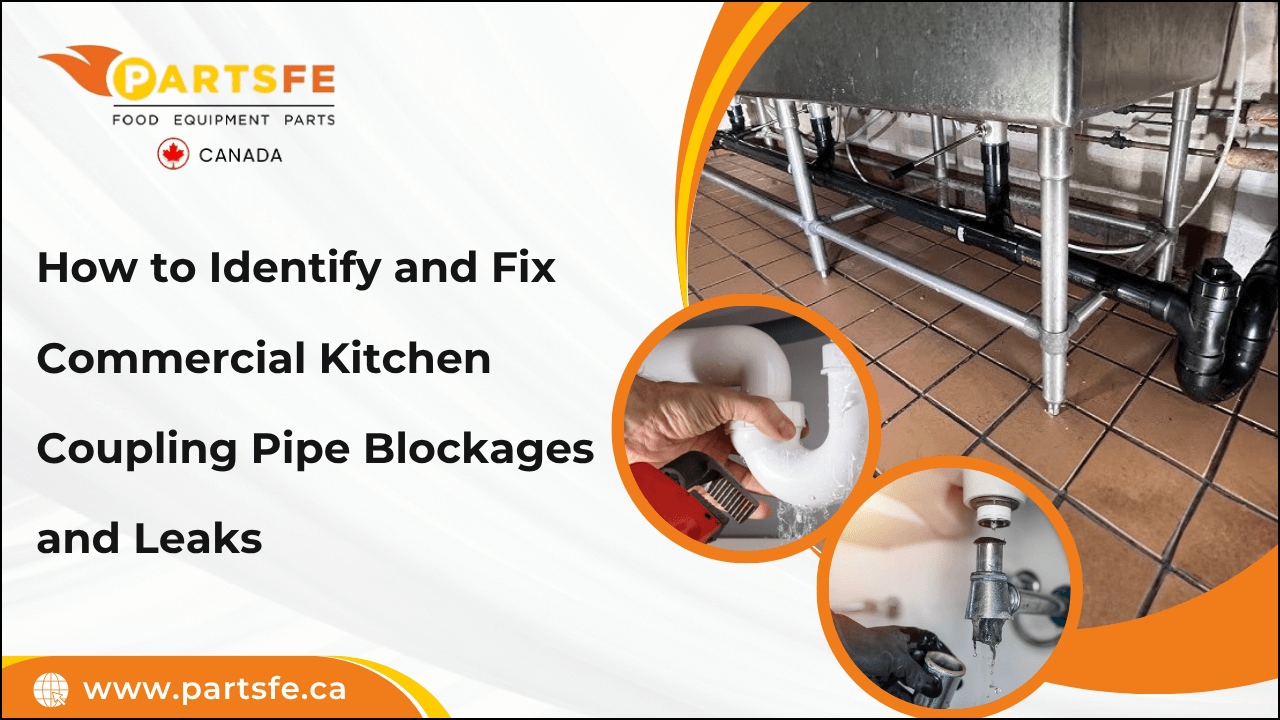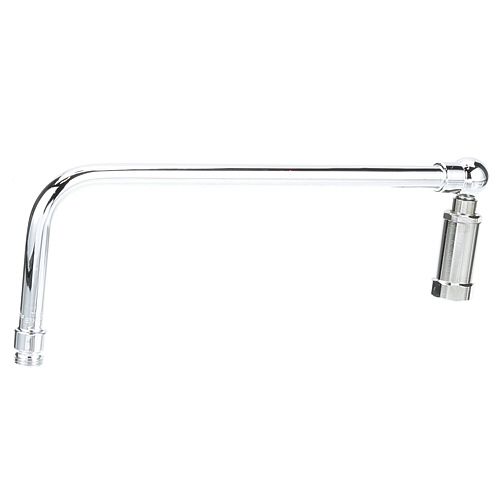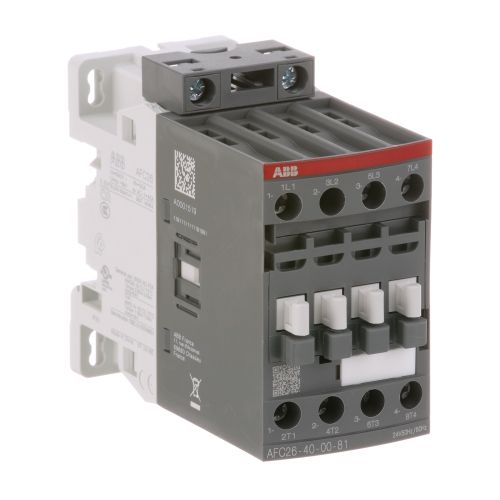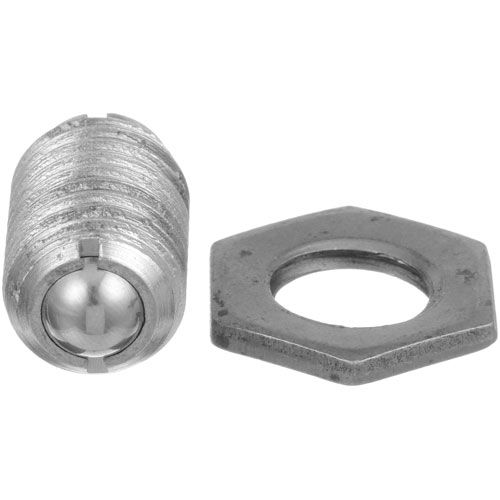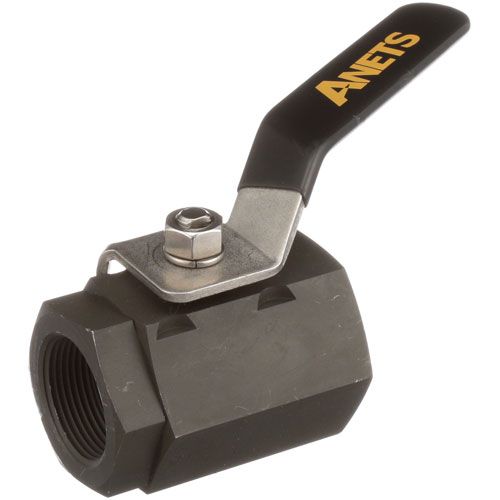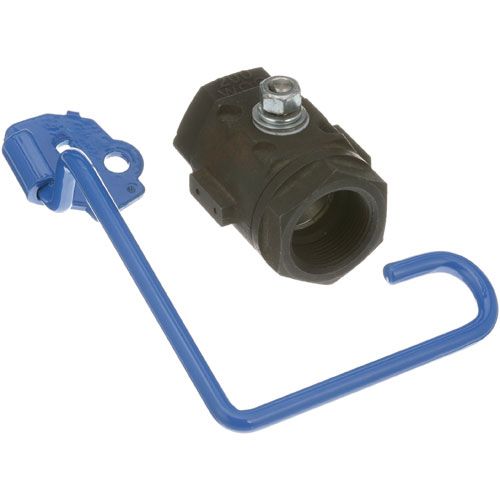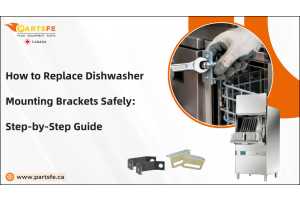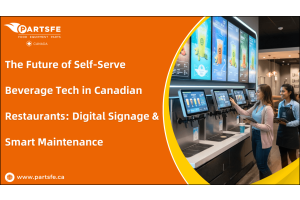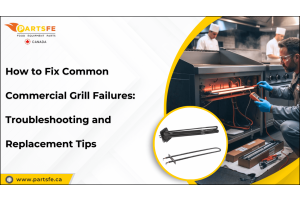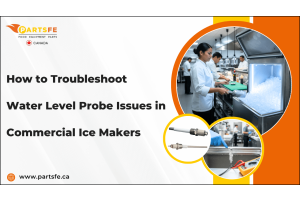How to Identify and Fix Commercial Kitchen Coupling Pipe Blockages and Leaks
In the fast-paced environment of a commercial kitchen, every component plays a critical role in keeping operations smooth, sanitary, and efficient. Among these components, coupling pipes, which are part of the commercial kitchen plumbing system, connect plumbing runs in sinks, drains, dishwashers, and grease traps. These pipes are often overlooked until things go wrong. When they block or leak, the disruption can affect water flow, sanitation protocols, and even health-code compliance.
In this article, we’ll explore how to identify and fix coupling pipe blockages and leaks in commercial kitchen settings, covering the common causes, the signs of trouble, a step-by-step inspection process, how to clear blockages, how to properly repair leaks or damaged sections, and, importantly, preventive maintenance tips to avoid future issues.
Common Causes of Commercial Kitchen Coupling Pipe Blockages and Leaks
In commercial kitchens, constant exposure to grease, heat, and chemicals can cause the coupling pipe to clog or leak. Understanding the key causes helps prevent costly plumbing issues.
-
Grease, Food Debris, and Particulate Build-up: Fats, oils, and greases (FOG), and food scraps accumulate in coupling joints, restricting flow and causing blockages.
-
Misalignment or Improper Installation: Poor pipe alignment, weak seals, or incompatible materials create stress that leads to leaks and joint failure.
-
Corrosion, Chemical Attack, or Material Degradation: High temperatures and harsh cleaning agents corrode metal or degrade rubber parts, causing cracks and leaks.
-
High Pressure or Thermal Cycling: Rapid temperature or pressure shifts expand and contract pipes, loosening seals and opening leak paths.
-
Grease Trap Overflow or Drain Backing Up: Unmaintained grease traps overflow, forcing FOG and debris back into couplings, triggering blockages and leaks.
Dealing with coupling pipe blockages or leaks in your commercial kitchen? PartsFe CA offers replacement parts like PVC couplings, flexible pipe connectors, valves & controls, and rubber seals from top brands like Vulcan Hart, Hobart, and Hatco to get your plumbing system back in shape.
Signs Your Kitchen Coupling Pipes Are Malfunctioning
Coupling pipe issues rarely appear suddenly; they start with small, visible, or audible warning signs. Spotting these early can help prevent costly plumbing failures and kitchen downtime.
-
Water Puddles or Damp Areas: You notice wet patches, dripping joints, or standing water under sinks or near coupling points.
-
Persistent Bad Odors: A sour or musty smell lingers around drains or under counters, often caused by hidden leaks or trapped waste.
-
Slow-Draining Sinks or Floor Drains: Water takes longer than usual to drain, suggesting partial blockages or buildup inside pipe couplings.
-
Drop in Water Pressure: Taps or sprayers deliver inconsistent flow, signaling internal leaks or weakened seals within the joints.
-
Frequent Backups or Overflow: Drains back up often, showing that internal pipe connections are blocked or partially collapsed.
-
Thermal Expansion Damage: Deformation or loosening of coupling fittings caused by repeated pipe expansion and contraction from temperature fluctuations.
Step-by-Step Process to Inspect Commercial Coupling Pipes
Inspecting pipe coupling in commercial kitchens requires precision to identify early signs of failure caused by heavy use, grease buildup, and thermal stresses. Follow these detailed steps for an effective assessment:
Step 1: Conduct a Preliminary System Assessment
Review kitchen plumbing schematics to locate all coupling points, focusing on high-stress areas near sinks, dishwashers, and grease traps. Note any past repair records.
Step 2: Use Thermal Imaging or Infrared Cameras
Scan coupling joints for abnormal temperature variations, which may indicate blockages, leaks, or compromised insulation. Pay special attention during peak kitchen hours.
Step 3: Perform a Pressure Decay Test
Isolate sections with couplings and monitor pressure drop over time using digital pressure gauges. A gradual pressure loss confirms micro-leaks within joints.
Step 4: Inspect Coupling Hardware with Endoscopic Cameras
Deploy a pipe inspection camera through accessible pipe ends to visualize internal coupling conditions, looking for corrosion, cracks, or debris buildup.
Step 5: Check for Mechanical Stress and Vibration
Use vibration analyzers to detect excessive movement or oscillations at coupling points, which can signal loose fittings or inadequate support.
Step 6: Evaluate Seal Integrity via Ultrasonic Leak Detection
Employ ultrasonic detectors around coupling seals to capture high-frequency sounds emitted by escaping fluids or gases not visible externally.
Step 7: Analyze Chemical Exposure Impact
Test coupling materials near cleaning stations for chemical degradation or swelling, especially rubber gaskets exposed to sanitizers and detergents.
Step 8: Inspect Thermal Expansion Joints and Compensation Devices
Ensure that expansion couplings or flexible connectors are functioning correctly to absorb pipe movement and prevent joint stress.
Step 9: Conduct Dye Penetrant Testing on Critical Couplings
Apply dye penetrant to exposed metal couplings to reveal surface cracks or porosities invisible to the naked eye.
Step 10: Document and Prioritize Repair Recommendations
Create a detailed inspection report highlighting critical defects, risk levels, and immediate actions required to maintain kitchen plumbing reliability.
Check out this guide on troubleshooting Sloan flush valves in commercial kitchens for quick fixes that keep busy restaurants running smoothly.
How to Clear Blockages in Commercial Kitchen Coupling Pipes
A kitchen coupling pipe blockage can cause delays and damage in a commercial kitchen. Regular cleaning ensures smooth operation and prevents costly plumbing issues.
-
Identify the Blockage: Inspect visible pipes and observe slow drainage to locate the clog.
-
Manual Removal: Wear gloves and remove any accessible debris or food particles around couplings.
-
Use Enzymatic Cleaners: Apply commercial grease-dissolving or enzymatic drain cleaners to break down fats and oils safely. Avoid harsh chemicals that may damage pipes.
-
Plumber’s Auger: Gently insert a snake to break up and extract deeper blockages in the coupling pipes.
-
High-pressure Water Jetting: For stubborn clogs, use water jetting to clear pipes without harming couplings or seals.
-
Inspect for Damage: After clearing, check couplings for leaks, cracks, or wear caused by the blockage.
-
Prevent Future Blockages: Maintain regular cleaning schedules and grease trap upkeep to reduce grease build-up and debris accumulation.
Repairing Leaks and Damaged Sections Effectively
Leaks and damage in kitchen coupling pipes need fast, effective repairs to keep operations running smoothly. Using the right materials and methods ensures lasting fixes.
-
Accurate Damage Assessment: Use specialized tools like inspection cameras and pressure gauges to evaluate the extent of leaks or corrosion before starting repairs.
-
Proper Pipe Preparation: Clean and dry the damaged area thoroughly, removing grease, debris, and corrosion to ensure proper adhesion of repair materials or fittings.
-
Seal Replacement and Joint Reconditioning: Replace degraded gaskets or seals with high-quality, chemical-resistant versions specifically designed for commercial kitchen environments.
-
Use of Mechanical Couplings or Clamps: For quick fixes, mechanical couplings or repair clamps provide a secure, temporary seal that can be installed without cutting pipes.
-
Permanent Section Replacement: For extensive damage, cut out the affected pipe section using pipe cutters or saws and install a new pipe segment with compatible couplings, ensuring tight alignment and proper torque.
-
Adherence to Plumbing Codes: Follow local plumbing codes and manufacturer guidelines for all repairs to maintain compliance and safety standards.
-
Post-Repair Testing: Conduct pressure and leak tests under operational conditions to verify repair success before resuming full kitchen use.
Check out this guide on faulty kitchen sink drain parts for a step-by-step process on how to replace them and restore proper function.
Preventive Maintenance Tips to Avoid Future Coupling Pipe Issues
Avoid costly plumbing failures by implementing proactive maintenance practices tailored to commercial kitchen coupling pipes:
-
Regularly Inspect and Tighten Couplings: Schedule routine checks to identify loose fittings early and tighten them before leaks develop.
-
Implement Scheduled Cleaning: Use mechanical or hydro-jet cleaning periodically to remove grease and debris buildup inside pipes and couplings.
-
Maintain Grease Trap Efficiency: Clean and service grease traps frequently to prevent excess fats and oils from entering the piping system.
-
Apply Protective Coatings: Use corrosion inhibitors or protective sealants on metal couplings exposed to harsh kitchen environments.
-
Monitor Water Pressure and Temperature: Avoid sudden pressure surges and extreme temperature changes that strain coupling joints.
-
Replace Seals and Gaskets Periodically: Proactively swap out aging seals before they fail, ensuring a tight, leak-free fit.
-
Use Quality Compatible Materials: Always install couplings and repair parts that match pipe specifications and can withstand commercial kitchen conditions.
-
Train Maintenance Staff: Equip your team with knowledge on early signs of pipe stress and proper repair techniques.
Proactive maintenance ensures coupling pipes stay leak-free, durable, and efficient, minimizing downtime and repair costs.
Cost-Effective Solutions and When to Call a Professional for Kitchen Pipe Repairs
In a commercial kitchen, timely plumbing repairs can save you money and prevent unnecessary downtime. Here are some cost-effective DIY solutions:
-
Use repair tape or mechanical clamps for sealing small leaks temporarily.
-
Epoxy resin to fix minor cracks in the coupling pipes.
-
Plumber’s snake to remove blockages caused by food debris or grease.
-
Enzymatic drain cleaners to break down grease and prevent future clogs.
However, some issues require professional intervention. Here are signs you should call a plumber:
-
Persistent or worsening leaks that DIY fixes can't resolve.
-
Severe corrosion or pipe damage needs full replacement.
-
Deep blockages that can't be cleared with a snake or require hydro-jetting.
-
Frequent backups or drainage issues indicate an underlying plumbing problem.
-
Health code violations due to sanitation concerns from leaks or blockages.
Knowing when to use DIY fixes and when to hire a professional helps avoid unnecessary costs and downtime. Addressing both minor and major issues ensures long-term plumbing health and compliance.
FAQs
How to unclog a commercial kitchen drain?
To unclog a kitchen drain, use a plumber’s snake or enzymatic drain cleaners to break down grease and debris. For severe blockages, consider using a hydro-jet or calling a plumber.
How to fix a leaking coupling?
To fix a pipe coupling leaking, clean the area, replace any damaged seals, and use a repair clamp or tape for a temporary fix. For permanent repairs, replace the damaged coupling with a new one.
Can a pipe blockage cause a leak?
Yes, a blockage can put pressure on pipes, causing joints or couplings to crack or leak. Unresolved blockages increase the risk of pipe failure and leaks.
What are the major causes of pipe blockages?
Common causes of pipe blockages include grease buildup, food debris, foreign objects, and mineral deposits. Poor maintenance and improper waste disposal also contribute to frequent clogs.

